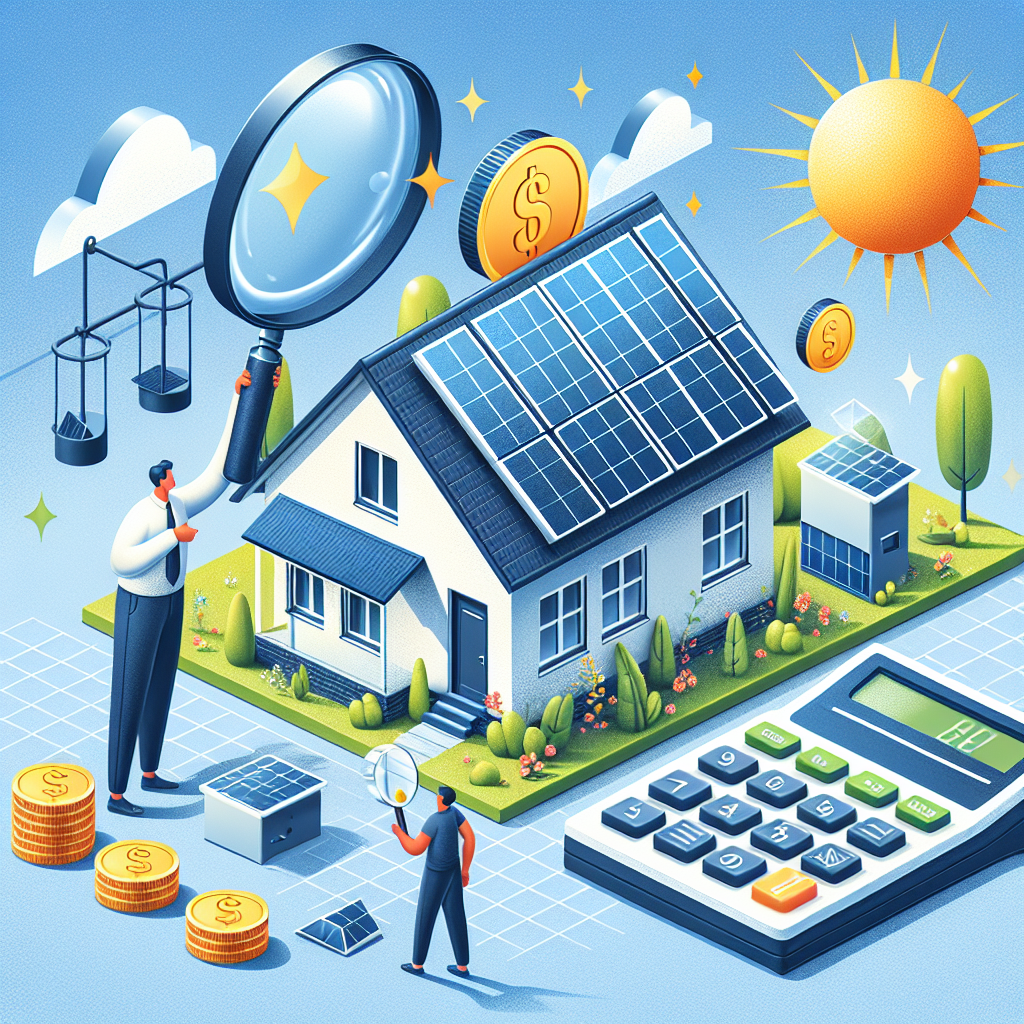As awareness of climate change grows and energy costs rise, more homeowners and businesses are considering solar power systems. But is the investment worth it? This article delves into the financial aspects of installing a solar power system, weighing the costs against the benefits to help you make an informed decision.
Understanding Solar Power System Costs
Initial Installation Costs
The first hurdle many face is the initial installation cost. According to recent data, the average solar panel system for a residential home can range from $15,000 to $25,000 before tax incentives. This quotation typically includes:
- Solar panels
- Inverters
- Mounting hardware
- Labor costs for professional installation
It’s crucial to explore multiple quotes from different contractors, as prices can vary significantly based on location, equipment quality, and installation complexity.
Financing Options
For many, the upfront cost is daunting. Thankfully, various financing options are available:
- Cash Purchase: If you have the funds available, this is the most straightforward option. You own the system outright and enjoy immediate savings on your energy bill.
- Solar Loans: Many financial institutions offer loans tailored for solar energy projects, often with lower interest rates due to their eco-friendly nature.
- Leasing: With solar leases, you pay a monthly fee to use the solar panels without the upfront costs. However, you won’t own the system, and the savings might not be as significant.
The Long-Term Financial Benefits of Solar Energy
Reduced Energy Bills
Once your solar system is up and running, the most immediate benefit is a noticeable reduction in your monthly energy bills. A well-designed solar power system can offset up to 100% of your electricity usage, leading to substantial savings over time. Homeowners often report saving hundreds to thousands of dollars yearly.
Tax Credits and Incentives
In many regions, governments offer incentives to encourage solar adoption. The Federal Investment Tax Credit (ITC) allows you to deduct a percentage of the installation costs from your federal taxes. Additionally, some states provide rebates or tax credits that can significantly lower your overall expenditure. Always check local regulations to ensure you take advantage of available incentives.
Increased Property Value
Studies have shown that homes with solar power systems tend to sell at a premium compared to those without. Just imagine, not only can you save while you live in your home, but you can also pocket some extra cash when it’s time to move. On average, homes with solar systems can experience a property value increase of about 3% to 4%.
Maintenance and Additional Costs
Routine Maintenance Expenses
While solar power systems are generally low-maintenance, they aren’t maintenance-free. It’s essential to factor in occasional costs, such as:
- Cleaning: Solar panels should be cleaned periodically to maximize efficiency, especially in dusty areas.
- Repairs: Inverters may need replacing every 5 to 10 years. Regular inspections can help you catch issues early.
Energy Storage Systems
If you’re considering an energy storage system, like a battery, be prepared for additional costs. While they can enhance your energy independence and offer power during outages, these systems can significantly increase your investment.
Return on Investment (ROI)
Calculating Your ROI
The return on investment from a solar power system can be calculated by considering various factors:
- Total Savings on Energy Bills: Calculate the total amount saved over the lifespan of the solar panels—typically 25-30 years.
- Incentives: Factor in any tax credits or rebates you receive.
- Property Value Increase: Estimate the additional value your home gains with the solar installation.
Many systems offer an ROI of 15-20%, making solar a more lucrative investment compared to traditional savings accounts or CDs.
Break-Even Point
Most homeowners reach their break-even point within 5 to 10 years. After this mark, it’s primarily savings gained, leading to a reduction in energy costs.
Conclusion: Making the Right Decision
When analyzing the financial aspects of installing a solar power system, it’s essential to weigh both the upfront installation costs and the long-term savings and benefits. By considering factors like energy savings, government incentives, increased property value, and potential maintenance costs, you can better understand what to expect with your investment.
While solar energy requires a significant initial commitment, the benefits can significantly outweigh the costs. Ultimately, transitioning to solar power isn’t just good for the environment; it can also make solid financial sense for you and your family. As you contemplate this transition, take time to research, get multiple quotes, and calculate your potential savings. The sun is shining, and it’s time to power your future sustainably!


